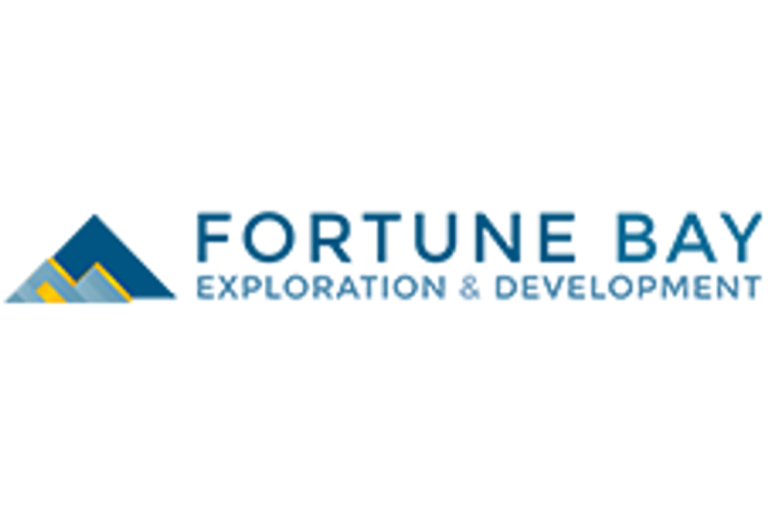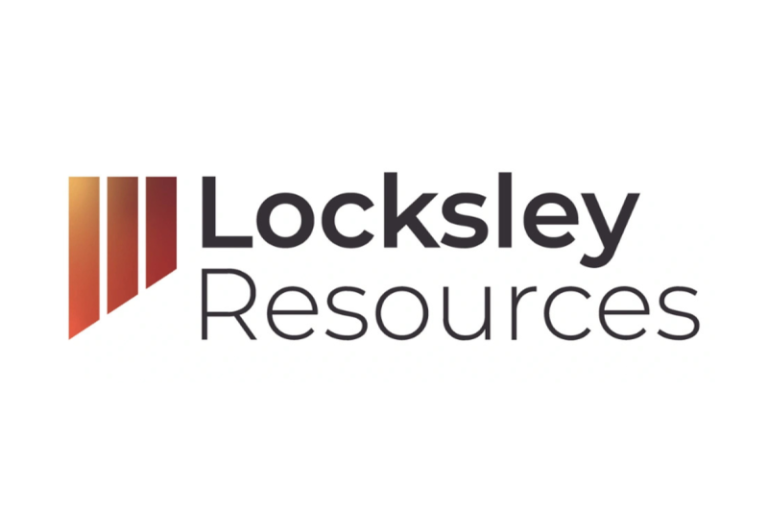LaFleur Minerals Inc. (CSE: LFLR,OTC:LFLRF) (OTCQB: LFLRF) (FSE: 3WK0) (‘LaFleur Minerals’ or the ‘Company’ or ‘Issuer’) is pleased to announce that, further to its news releases dated July 30, 2025, and September 10, 2025, the Company has closed its non-brokered flow-through private placement for aggregate gross proceeds of $1,663,370 (the ‘Private Placement’). The Private Placement consisted of the issuance of 2,410,682 flow-through units (the ‘FT Units’) at a price of $0.69 per FT Unit, with each FT Unit consisting of one common share in the capital of the Company (a ‘Share’), to be issued as a ‘flow-through share’ within the meaning of the Income Tax Act (Canada) (the ‘Tax Act’), and one Share purchase warrant (a ‘Warrant’).
The securities issued under the Offering will be subject to a hold period ending on the date that is four months plus one day following the date of issue in accordance with applicable securities laws. Each Warrant entitles the holder thereof to purchase one additional Share (a ‘Warrant Share‘) for a period of 24 months from the date of issuance at an exercise price of $0.75 per Warrant Share. The Warrants are subject to an accelerated expiry upon thirty (30) business days notice from the Company in the event the Shares trade for fourteen (14) consecutive trading days anytime after four (4) months from closing of the Private Placement at a volume-weighted average price of at least $0.90 on the Canadian Securities Exchange.
In connection with closing of the Private Placement, the Company incurred cash finder’s fees in the amount of $104,652.14 to certain eligible finders and issued the finders an aggregate of 151,668 non-transferable Share purchase warrants (the ‘Finder’s Warrants‘). Each Finder’s Warrant is exercisable into a Share (a ‘Finder’s Warrant Share‘) at a price of $0.75 per Finder’s Warrant Share for a period of 24 months from the date of issuance, subject to the same accelerated expiry.
Proceeds from the sale of FT Units will be used for exploration and drilling programs on the Company’s flagship, advanced stage, district-scale Swanson Gold Project (‘Swanson‘), located in the Abitibi Gold Belt in Val-d’Or, Québec, and flow-through eligible work such as ore-sorting and metallurgical testwork of a large bulk sample using independent geometallurgy experts such as SGS and SRC, and the Company’s 100%-owned Beacon Gold Mill, its near-term gold producing asset. The ore-sorting and metallurgical testwork will be completed using drill core and a large bulk sample from the Swanson Gold Deposit in order to inform and support mineral resource estimates and economic viability, including the potential effectiveness of ore-sorting technology at Swanson.
The Company is working diligently with ERM to complete the Preliminary Economic Assessment (PEA) to evaluate the restart of gold production at its Beacon Gold Mill, which will primarily process mineralized material from the Company’s nearby Swanson Gold Deposit. The gross proceeds from the issuance of the FT Shares will be used to incur resource exploration expenses which will constitute ‘Canadian exploration expenses’ as defined in subsection 66.1(6) of the Income Tax Act and ‘flow through mining expenditures’ as defined in subsection 127(9) of the Income Tax Act and under section 359.1 of the Québec Tax Act (the ‘Qualifying Expenditures‘), which will be renounced with an effective date no later than December 31, 2025 to the purchasers of the FT Units in an aggregate amount not less than the gross proceeds raised from the issue of the FT Shares. In addition, with respect to Québec resident subscribers who are eligible individuals under the Québec Tax Act, the Canadian exploration expenses will also qualify for inclusion in the ‘exploration base relating to certain Québec exploration expenses’ within the meaning of section 726.4.10 of the Québec Tax Act and for inclusion in the ‘exploration base relating to certain Québec surface mining expenses or oil and gas exploration expenses’ within the meaning of section 726.4.17.2 of the Québec Tax Act. If the Qualifying Expenditures are reduced by the Canada Revenue Agency, the Company will indemnify each FT Share subscriber for any additional taxes payable by such subscriber as a result of the Company’s failure to renounce the Qualifying Expenditures as agreed.
This news release is not an offer to sell or the solicitation of an offer to buy the securities in the United States or in any jurisdiction in which such offer, solicitation or sale would be unlawful prior to qualification or registration under the securities laws of such jurisdiction. The securities referred to in this news release have not been, nor will they be, registered under the United States Securities Act of 1933, as amended (the ‘U.S. Securities Act’), and such securities may not be offered or sold within the United States or to, or for the account or benefit of, U.S. persons absent an exemption from registration under the U.S. Securities Act and applicable U.S. state securities laws. ‘United States’ and ‘U.S. person’ are as defined in Regulation S under the U.S Securities Act.
QUALIFIED PERSON STATEMENT
All scientific and technical information contained in this news release has been prepared and approved by Louis Martin, P.Geo. (OGQ), Exploration Manager and Technical Advisor of the Company and considered a Qualified Person (QP) for the purposes of NI 43-101.
About LaFleur Minerals Inc.
LaFleur Minerals Inc. (CSE: LFLR,OTC:LFLRF) (FSE: 3WK0) is focused on the development of district-scale gold projects in the Abitibi Gold Belt near Val-d’Or, Québec. Our mission is to advance mining projects with a laser focus on our resource-stage Swanson Gold Deposit and the Beacon Gold Mill, which have significant potential to deliver long-term value. The Swanson Gold Project is approximately 18,304 hectares (183 km2) in size and includes several prospects rich in gold and critical metals previously held by Monarch Mining, Abcourt Mines, and Globex Mining. LaFleur has recently consolidated a large land package along a major structural break that hosts the Swanson, Bartec, and Jolin gold deposits and several other showings which make up the Swanson Gold Project. The Swanson Gold Project is easily accessible by road allowing direct access to several nearby gold mills, further enhancing its development potential. Lafleur Mineral’s fully refurbished and permitted Beacon Gold Mill is capable of processing over 750 tonnes per day and is being considered for processing mineralized material at Swanson and for custom milling operations for other nearby gold projects.
ON BEHALF OF LaFleur Minerals INC.
Paul Ténière, M.Sc., P.Geo.
Chief Executive Officer
E: info@lafleurminerals.com
LaFleur Minerals Inc.
1500-1055 West Georgia Street
Vancouver, BC V6E 4N7
Neither the Canadian Securities Exchange nor its Regulation Services Provider accepts responsibility for the adequacy or accuracy of this news release.
Cautionary Statement Regarding ‘Forward-Looking’ Information
This news release includes certain statements that may be deemed ‘forward-looking statements’. All statements in this new release, other than statements of historical facts, that address events or developments that the Company expects to occur, are forward-looking statements. Forward-looking statements are statements that are not historical facts and are generally, but not always, identified by the words ‘expects’, ‘plans’, ‘anticipates’, ‘believes’, ‘intends’, ‘estimates’, ‘projects’, ‘potential’ and similar expressions, or that events or conditions ‘will’, ‘would’, ‘may’, ‘could’ or ‘should’ occur. Forward-looking statements in this news release include, without limitation, statements related to the anticipated use of proceeds from the LIFE Offering. Although the Company believes the expectations expressed in such forward-looking statements are based on reasonable assumptions, such statements are not guarantees of future performance and actual results may differ materially from those in the forward-looking statements. Factors that could cause the actual results to differ materially from those in forward-looking statements include market prices, continued availability of capital and financing, and general economic, market or business conditions. Investors are cautioned that any such statements are not guarantees of future performance and actual results or developments may differ materially from those projected in the forward-looking statements. Forward-looking statements are based on the beliefs, estimates and opinions of the Company’s management on the date the statements are made. Except as required by applicable securities laws, the Company undertakes no obligation to update these forward-looking statements in the event that management’s beliefs, estimates or opinions, or other factors, should change.
THIS NEWS RELEASE IS NOT FOR DISTRIBUTION TO U.S. NEWSWIRE SERVICES FOR DISSEMINATION IN THE UNITED STATES
To view the source version of this press release, please visit https://www.newsfilecorp.com/release/272857










